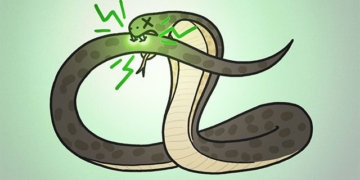The Snow Leopard (Panthera uncia) is a species belonging to the Big Cat family that inhabits the mountain ranges of South and Central Asia. Although it is called a leopard, recent studies have shown that it is more closely related to the tiger.
Today, to camouflage in their natural environment, humans have countless items such as hats, jackets, and glasses. However, for the snow leopard, these items are unnecessary, as they can become invisible by blending into their habitat.
If you have never seen a snow leopard, upon hearing their name, many might think they possess pure white fur like that of a rabbit or a snow fox. In reality, they have a grayish-brown coat with white and large black spots covering their bodies. This unique coloration helps them blend into their natural environment. One thing is for sure: you will find it very difficult to spot the snow leopard in the photo below.
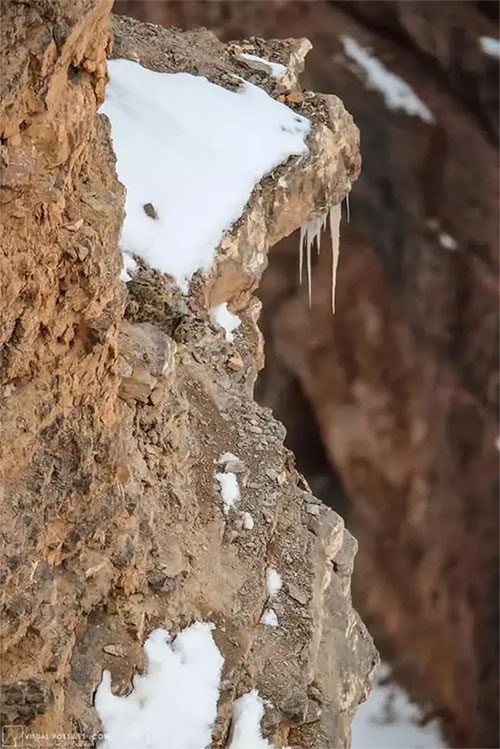
The snow leopard is hidden somewhere in this photo.
The image has become a challenge for internet users after it was shared on Reddit, where the poster asked everyone to “try to spot the snow leopard and how long it takes to find it.”
Many Reddit users shared their frustrations about the search for the snow leopard, while others wished for hints about the leopard’s actual location.
Some Reddit users even began to doubt whether there was indeed a snow leopard in this photo. However, you will surely see the snow leopard when looking at the image below.
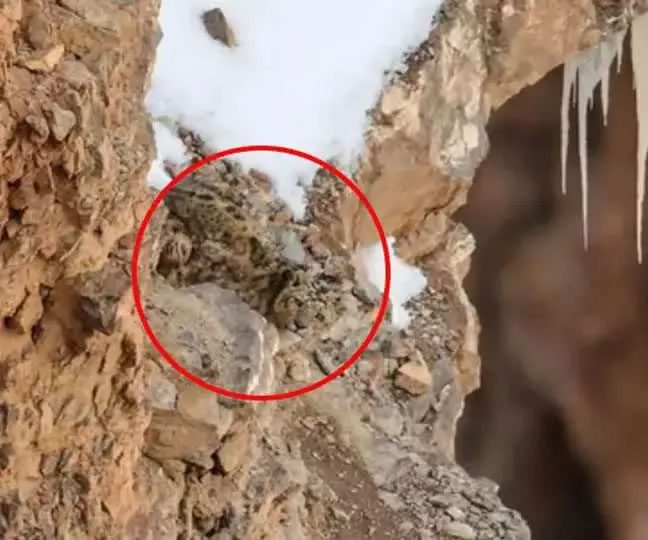
The snow leopard can be seen right in the middle, to the left of the image. It is lying just beneath a large patch of snow, staring directly at the camera.
Interesting Facts About Snow Leopards
The natural habitat of the snow leopard spans the mountainous regions of 12 Asian countries: Afghanistan, Bhutan, China, India, Kazakhstan, Kyrgyz Republic, Mongolia, Nepal, Pakistan, Russia, Tajikistan, and Uzbekistan.
This animal has evolved in some of the harshest environments on the planet. The thick gray-white fur and large black spots of the snow leopard serve as perfect camouflage to blend into the rugged mountainsides.
According to the World Wildlife Fund (WWF), their camouflage ability is so effective that they are often referred to as the “ghosts of the mountains.”
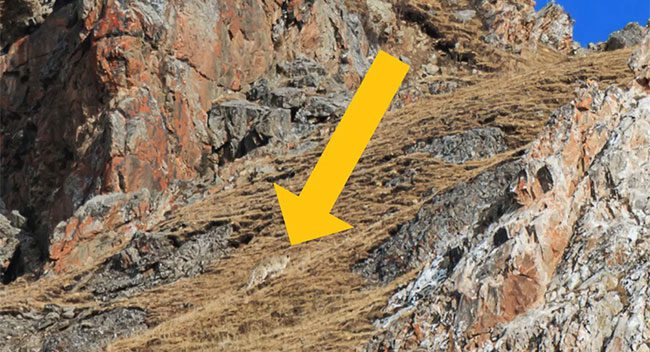
The snow leopard is one of the most magnificent creatures alive – living at elevations of 3,000 to 4,500 meters (9,800 to 14,800 ft), they are elusive animals rarely captured on camera.
The snow leopard is one of the rarest big cat species in the world – so rare that many people spend their entire lives hoping to see one. It is estimated that only about 4,000 to 6,500 individuals remain in the wild, and they are classified as vulnerable by the WWF, meaning they face a high risk of extinction in their natural habitat.
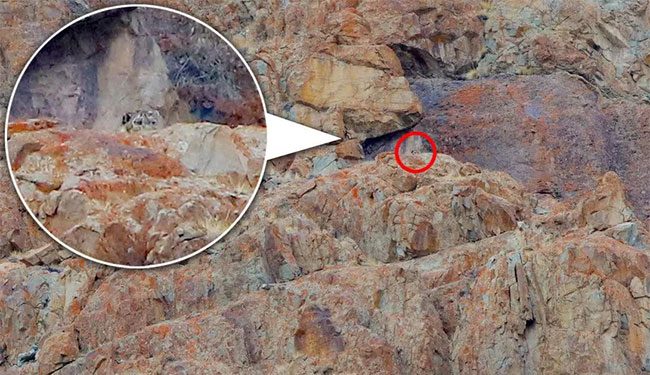
The snow leopard is one of the most elusive cats in the world, sparsely distributed across the mountainous regions of 12 Asian countries. Their range extends from Afghanistan to Kazakhstan and Russia in the north to India and China in the east. China contains 60% of their current habitat. In fact, they are excellent jumpers, capable of leaping up to 50 feet (15 meters), using their tails for balance. They also use their tails as a blanket to protect more vulnerable parts of their body.

For millennia, they have been regarded as the kings of the mountains; this animal can kill prey three times its size. An Indian snow leopard, protected and observed in a national park, is said to have preyed on 5 blue sheep, 9 Tibetan rabbits, 25 marmots, 5 domestic goats, one domestic sheep, and 15 birds – all in just one year! For an animal that usually weighs less than 50 kg, that is quite remarkable.
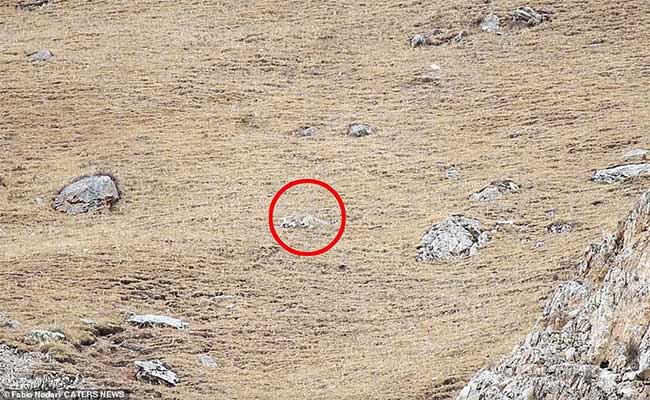
They are often solitary creatures, except for a mother and her cubs. However, unlike most predators, they are not highly territorial and rarely become aggressive when their territory is encroached upon. Snow leopards tend to mark along terrain features such as ridges or cliff faces.
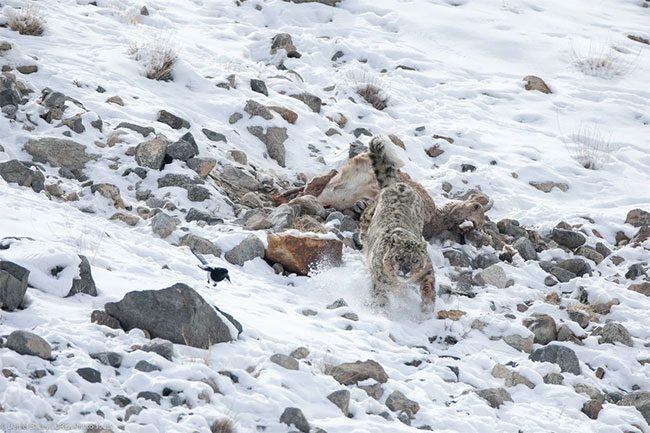
They are masters of camouflage and ambush, which is another reason they are very hard to photograph. In fact, because they are crepuscular, snow leopards are rarely seen in the wild. Snow leopards almost never attack humans – there are only two known incidents, one in 1940 and one in 2008. An episode of the 2008 series “The Natural World,” titled “Snow Leopards – Beyond the Myth,” interviewed a couple who farm goats in Pakistan; the woman stated she had been knocked over by a snow leopard while it tried to escape from a pen where it was feeding on livestock.
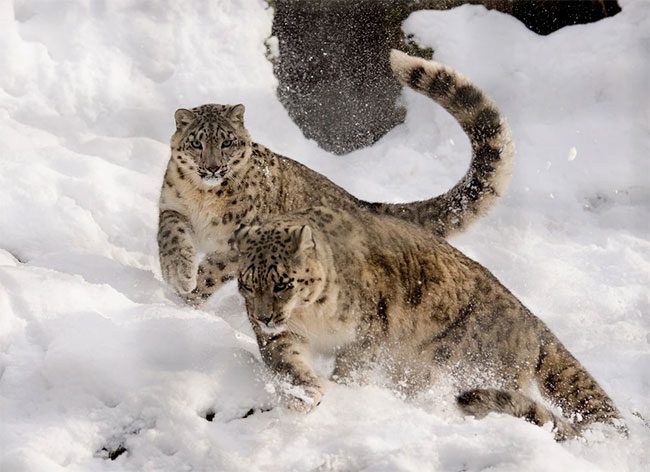
Snow leopards cannot roar due to their throat structure; instead, they produce a non-threatening sound called a ‘chuff’ – but that sound resembles a giant tractor revving up to catch you.
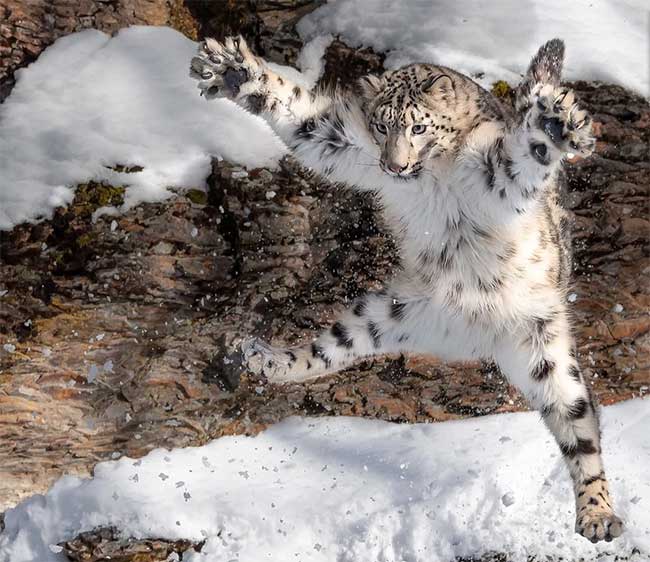
Snow leopards usually give birth to two to three cubs, but in some cases, they can have up to seven, and captive breeding programs have proven surprisingly successful – but this does not significantly help wild populations. Over the past 20 years, the number of wild snow leopards has decreased by at least 20%, although it is difficult to obtain accurate estimates.
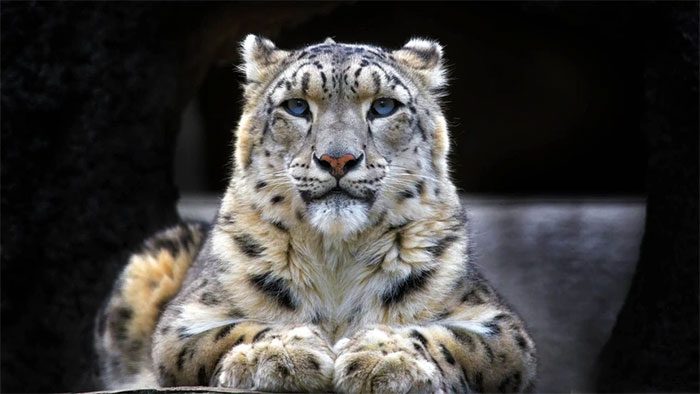
In 1972, the International Union for Conservation of Nature (IUCN) listed the snow leopard as an endangered species on the Red List of Threatened Species.



















































